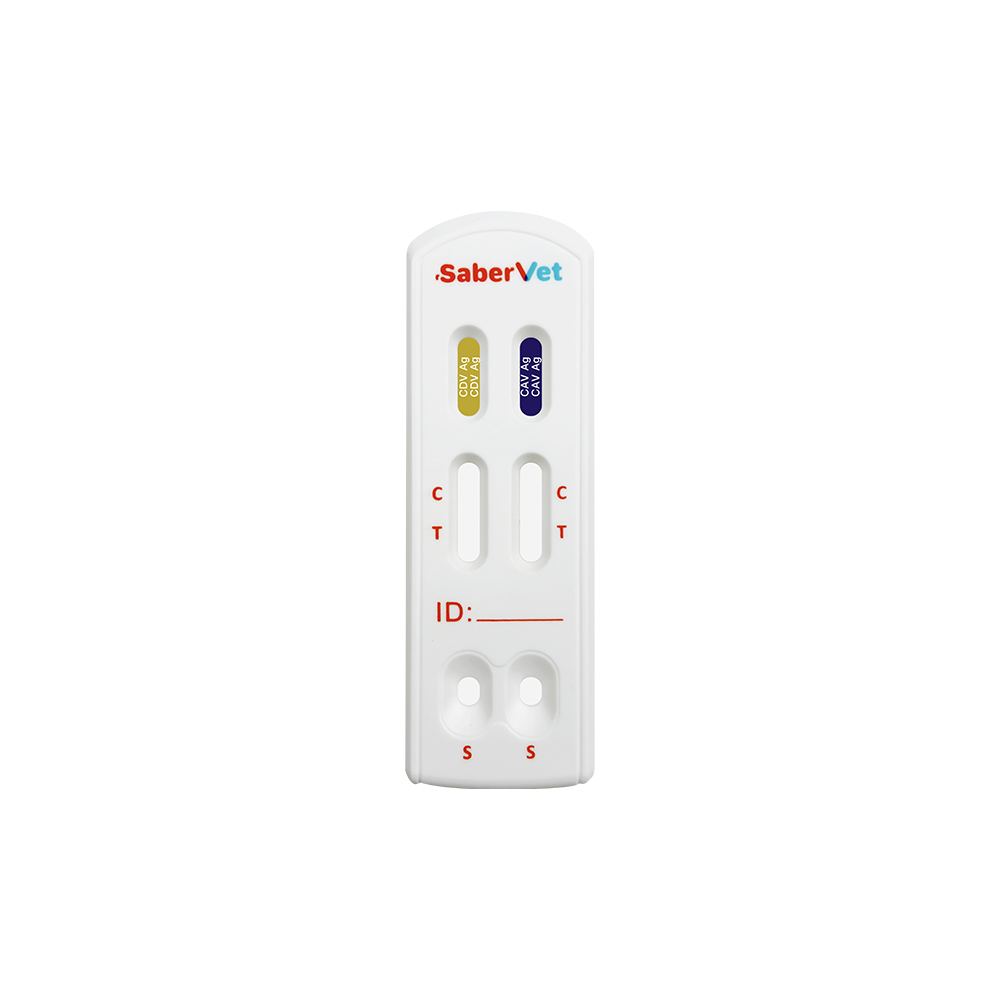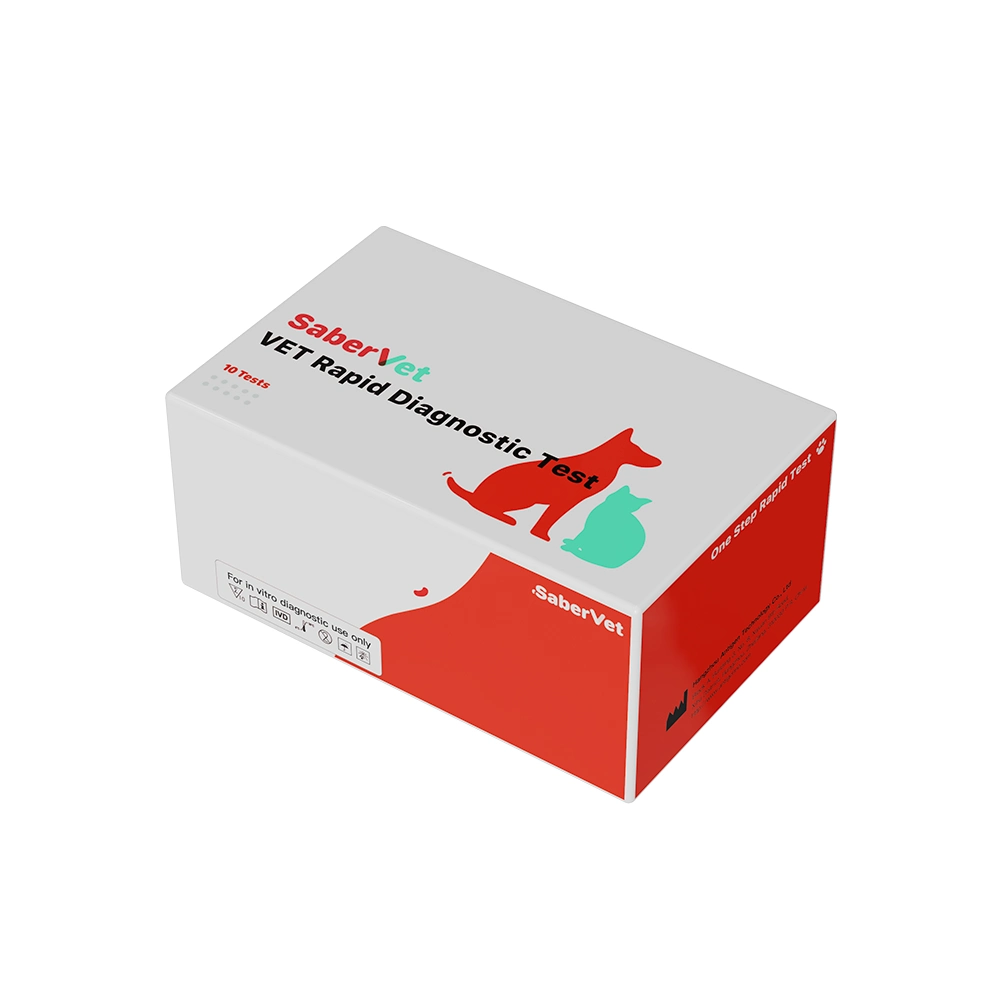Canine distemper and canine adenovirus are at the top of the list of diseases affecting dogs in terms of intensity of infection, severity of illness, and mortality. Once infected with distemper, the mortality rate is over 80 per cent.
Symptoms of distemper are similar to those of canine adenovirus. At the beginning, the dog’s body temperature is as high as 39.5-41 degrees Celsius, with loss of appetite, depression, watery discharge from the eyes and nose, sneezing, and diarrhoea. In the next 2 to 14 days, the body temperature rises again, coughing, with purulent nasal discharge, purulent eye droppings this time is already the middle of the distemper.
At the same time secondary gastrointestinal diseases, vomiting, diarrhoea, loss of appetite, high mental depression, lethargy. Canine distemper late in the onset of the disease will appear typical neurological symptoms, foaming at the mouth, convulsions, at this time more difficult to treat.
CDV and CAV are classified as Class III animal diseases in the List of Class I, II and III Animal Diseases issued by the Ministry of Agriculture of the People’s Republic of China, and need to be controlled and purified.There are four main types of canine distemper caused by CDV, namely, respiratory, digestive, neurological and mixed types.
CAV can be classified into type 1 and type 2, i.e. CAVI and CAVII, according to the characteristics of haemagglutination and neutralisation tests, etc. CAVI can lead to canine infectious hepatitis and encephalitis in clinical practice. CAVII causes canine infectious laryngotracheitis. We need to clearly differentiate between these two types of viruses in clinical symptoms. At the initial stage of the project, we considered to use the same sample to detect canine distemper and canine adenovirus. The user only needs to take a small amount of canine eye, nose and mouth secretion with a cotton swab to diagnose whether the dog is infected with canine distemper or canine adenovirus within 5-10 minutes.
Infection route
[Sick dogs] Sick dogs infected with canine distemper or canine adenovirus.
【Secretions/Excrements】Examples: eye secretions, nasal fluid, saliva, pericardial fluid, pleural fluid, ascites, urine, faeces, etc. It has been reported that dogs infected with distemper virus still excrete the virus in their urine after 60-90 days, so urine is said to be a very dangerous source of infection.
[Blood] Cerebrospinal fluid, lymph nodes, liver, spleen, spinal cord and other organs contain a large number of viruses and can be discharged to the outside world with respiratory secretions and urine.
【Air】Infection through the respiratory tract via air contaminated by sick dogs, such as droplets.
【Contact】Infected by contact with sick dogs.
Diet] Infection through the respiratory or digestive tract through diet.
Tip: Once a dog in the same room is found to have distemper or canine adenovirus, it is difficult to prevent mutual transmission no matter how much protection is taken.
[Not contagious] Numerous dog owners have raised the question with concern. Not only dog lovers are concerned about this problem, many researchers at home and abroad have also done a lot of research, but so far, no strong evidence can be found to confirm that canine distemper virus or canine adenovirus can be infected with people. Therefore, we can safely assume that these two diseases in dogs cannot infect humans. So dog lovers, please love your dog with ease!
As Antigenne moves forward with its vision of revolutionizing animal disease detection, the launch of its brand, Itgen, marks a significant milestone in the company’s journey. With six years of industry experience, Antigenne has built a solid foundation of knowledge and expertise in developing efficient and accurate diagnostic reagents.
The creation of Itgen not only reinforces the company’s commitment to quality and innovation but also serves as a testament to its unwavering dedication to improving animal health and welfare.Together, we can make a difference. Contact Antigenne now and let’s unlock the future of animal health.












